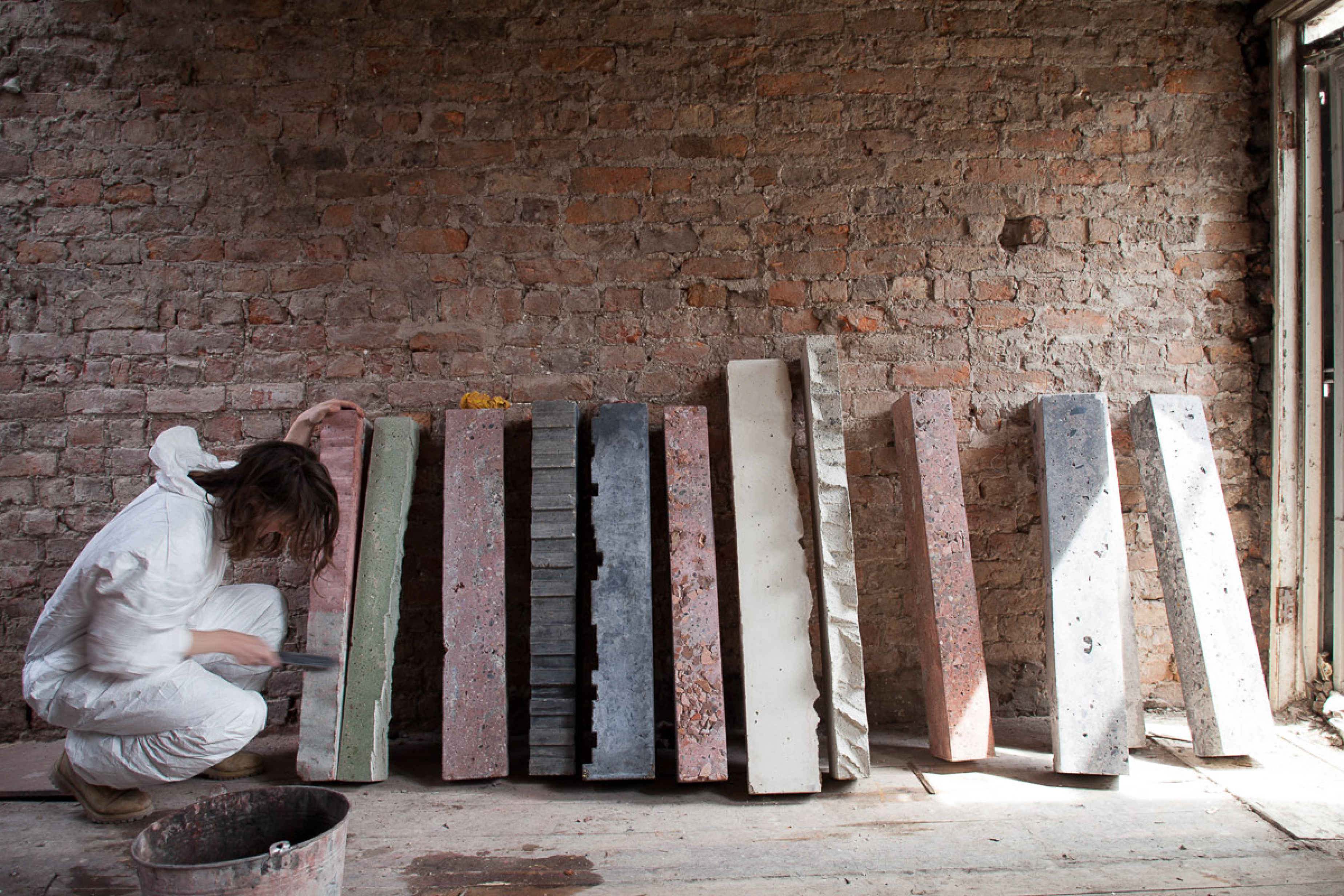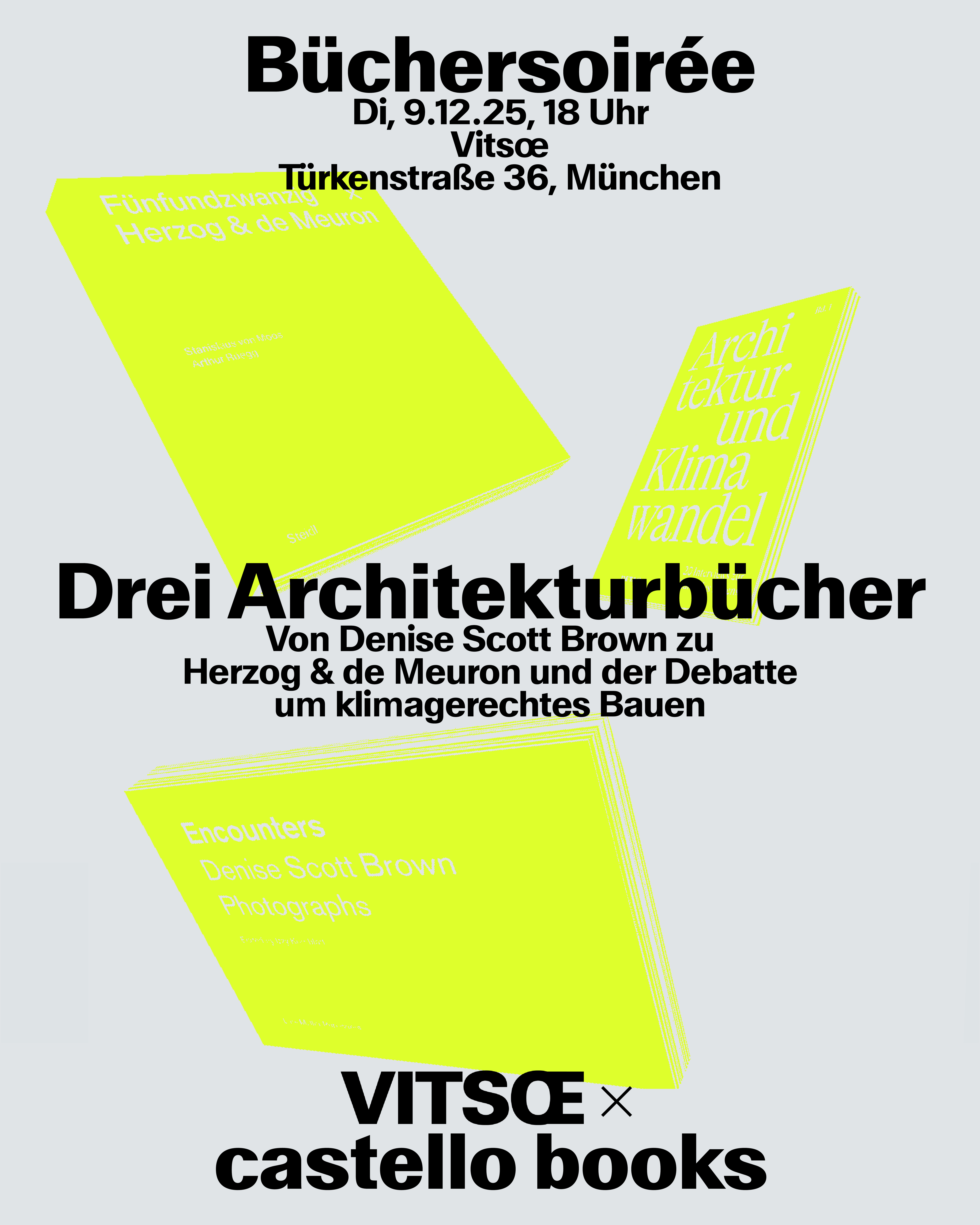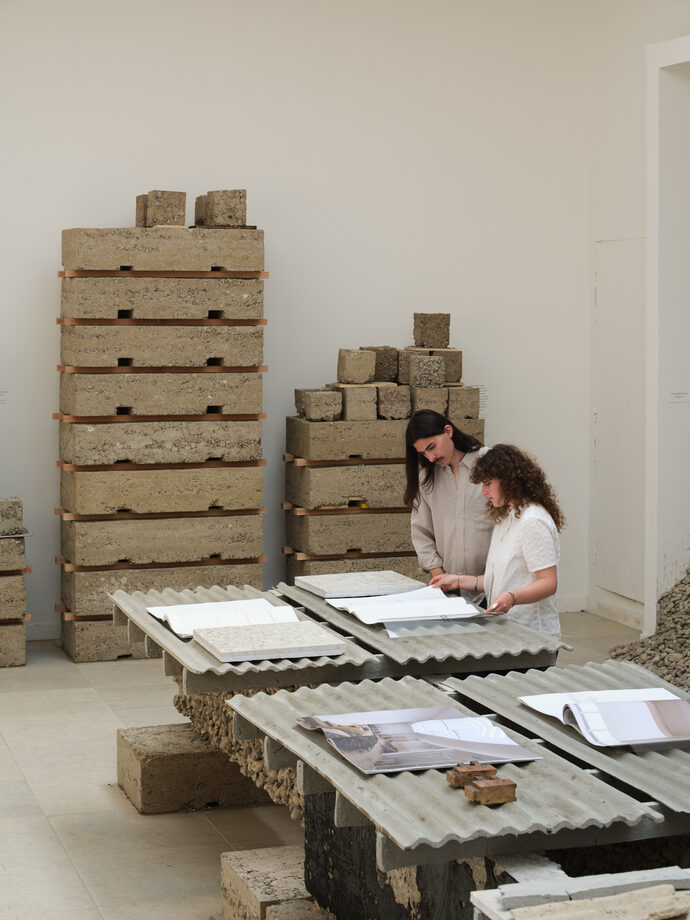Carlo Ratti is a very busy man in these months in spring 2025. The curator of the 19th International Architecture Exhibition – La Biennale di Venezia – has no time for interviews, he prefers to answer the questions in written form. The Milanese architect has given the international exhibition in the lagoon city the theme and title ‘Intelligens. Natural. Artificial. Collective.’ and attracted over 750 participants for the show – a record!
In this interview by Sandra Hofmeister, he let us know what we can expect.
stylepark.com – 5. May 2025
Sandra Hofmeister: The Latin term ‘intelligens’ is the leitmotif of the Biennale Architettura 2025. What does it mean in this context?
Carlo Ratti: ‘Intelligens’ refers to areas beyond artificial intelligence (AI) and digital technologies. The Latin root of the word contains ‘gens’ (people), which emphasises the collective, comprehensive nature of intelligence. In our context, it is about several types of intelligence: the knowledge of natural systems, the power of technology and the collaborative potential of the human community to tackle the challenges of our time, especially climate change. All in all, the focus encompasses far more than smart buildings and AI-driven solutions. Architecture has always been a response to the climate. However, as today's climate becomes less and less forgiving, we need to utilise all forms of intelligence to adapt. This year's Biennale is a kind of workshop in which different forms of intelligence come together.
So intelligence is not an end in itself, but what does the term actually mean in the context of the Architecture Biennale?
Carlo Ratti: Intelligence means the observation and integration of natural intelligence – our knowledge of ecological and other biological systems, as well as artificial intelligence, the computing power of machines, and collective intelligence - the joint efforts of people from different disciplines and in different contexts. Our exhibition concept shows ways of experimenting with intelligence and raises the question of how we can adapt artificial systems alongside existing natural and collective systems. I don't consider myself an optimist, but a realist. All the tools we need for the future are already available.
If ‘Intelligens’ is more of a method, what are the goals we should set ourselves with this method?
Carlo Ratti: Our traditional approach of mitigating the effects on the climate is no longer sufficient. We need to adapt and we need structures and systems that can hold their own in a world where climate change is a reality. We need to create buildings and cities that are able to evolve with environmental change.

Arsenale, Venice, photo: Andrea Avazzu, courtesy of La Biennale di Venezia
The property market is all about profit; sustainability is a secondary consideration. How can we still get closer to the climate targets?
Carlo Ratti: There is no golden solution. But I believe that with a well-structured system of incentives, it is possible to harmonise profit and environmental responsibility. Sometimes it is enough not to set the wrong incentives! We now know that renewable energy is the cheapest in most countries on a level playing field.
What role do the industrialised nations in Europe have to play with regard to the aforementioned upheaval in architecture?
Carlo Ratti: I am fascinated by the German concept of Baukultur because it addresses the quality of our entire built environment – architecture, urban planning, landscape design and cultural heritage. We will explore how the Biennale can develop links with global institutions such as the Davos Baukultur Alliance, the United Nations COP30, the C40 Cities and others to increase its impact. The Biennale's public GENS programme of conferences and workshops will create spaces for transdisciplinary forms of knowledge creation and information exchange. Both the exhibition and the public programme will open up the field of architecture to interdisciplinary dialogue and international cooperation.
The climate targets are currently experiencing a severe setback. Heads of government and presidents are denying climate change, and we are getting further and further away from the goals of the Paris Agreement. Do you think we have already lost the battle for the climate?
Carlo Ratti: According to the philosopher Karl Popper, optimism is a duty and the future is open; no one can predict it except by chance. That is why we all help to determine it through our actions. We are all responsible for the future. This applies to each individual person, but also to architecture as a whole. Architecture is a leading discipline because it deals with the built environment.
What are the next steps?
Carlo Ratti: For decades, architecture has focussed on reducing our CO2 footprint. These efforts are important, but they are no longer enough. The next step is adaptation. We need to create an architecture that is flexible, dynamic and resilient. This requires a fundamental change in practice and interdisciplinary collaboration. Adaptation is not just about survival, but also about healthy living in a world that is constantly evolving. The Biennale Architettura is therefore not just an exhibition, it is a call to action.
Carlo Ratti: The open call for projects, Space for Ideas, was a bold experiment and the response was overwhelming. But the real quality lies in the diversity and inclusivity of the voices we brought together. This is not just about numbers, but about diverse networking perspectives. We have architects, scientists, artists, farmers, programmers and even chefs taking part in the discussion. The open selection process was led by an interdisciplinary team of curators. This approach allowed us to discover new, lesser-known voices that might otherwise have been overlooked. The result is a vibrant, collaborative ecosystem where ideas can cross-pollinate and evolve.
Read the full interview and the German version here:
19th International Architecture Exhibition
Saturday 10 May to Sunday 23 November 2025 (pre-opening May 8 and 9)
Opening hours:
11 am – 7 pm from 10 May to 28 September – last admission: 6:45 pm
until 28 September, Arsenale venue only: on Fridays and Saturdays, opening hours extended to 8 pm (last admission 7:45 pm)
10 am – 6 pm from 30 September to 23 November – last admission 5:45 pm
Closed on Mondays (except 12 May, 2 June, 21 July, 1 September, 20 October, 17 November)
Please note this year the Central Pavilion at Giardini will be closed to visitors due to restoration work.





